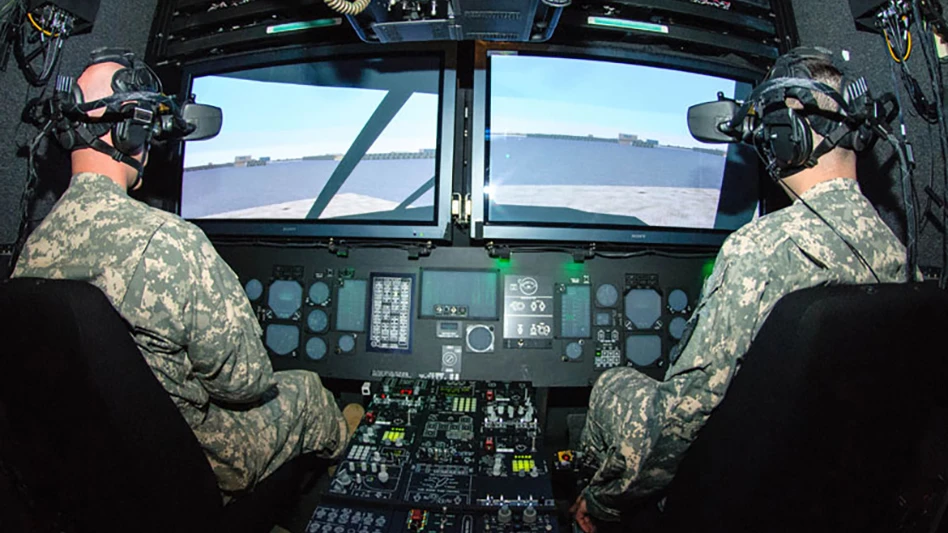
We’ve seen drones and other uncrewed aerial systems (UAS) provide surveillance, reconnaissance, and offensive measures for the military without risking soldiers’ lives. But now UAS’ could also be used to save soldiers’ lives on the battlefield as they’ve been tested to transport and resupply blood during realistic and challenging scenarios for combat medics at Camp Grayling, Michigan. During Northern Strike 24-2, Delta Development Team’s Autonomous Portable Refrigeration Unit (APRU 6L) was tested and evaluated under austere field conditions at the forward operating base. It can maintain an accurate temperature of blood for days in extreme environments and ensure a reliable supply of life-saving blood.
“The APRU 6L was originally developed for military applications to carry blood far forward, capable of keeping blood cold for days on battery power alone,” says Tanya Lerch, director of marketing operations at Delta Development Team. “Today, lessons learned from the military are defining pre-hospital blood programs in civilian, EMS healthcare settings. The use of drones to deliver blood to restricted or remote areas will significantly impact life-saving measures and improve patient outcomes.”
Special Forces medics retrieved the Delta ICE 2L Smart Blood Cooler from a helicopter landing zone, then performed live blood transfusions on critically injured personnel in the field. This scenario highlights the adaptability and efficiency of the medical supply chain through integration of advanced technology, allowing medical teams to maintain optimal patient care in severe environments.
Drones delivering blood could obviously be a game-changer since they reach inaccessible areas and keep additional emergency personnel out of harm’s way while saving wounded soldiers in the battlefield. Blood delivery drones also could be embraced by civilian emergency personnel in rural areas or after natural disasters.
I have to say it’s been great to see UAS being used without risking soldiers’ lives, but blood delivery drones could also be lifesaving when thinking about use in the aftermath of Hurricane Katrina and much more recently Hurricane Helene.


Explore the January/February 2025 Issue
Check out more from this issue and find your next story to read.
Latest from Defense and Munitions
- #53 - Manufacturing Matters - 2024 Leaders in Manufacturing Roundtable
- Visual Components celebrates 25 years of simulation and programming software innovation
- Join us for insights on one of the hottest topics in manufacturing!
- Hive Systems Defense Solutions achieves C3PAO authorization
- Shield AI, L3Harris team for breakthrough in autonomy
- You can still register for March’s Manufacturing Lunch + Learn!
- Leonardo DRS receives $45 million U.S. Navy commitment to bolster US submarine industrial base
- Teledyne FLIR Defense wins $15 million contract for Black Hornet 4 Nano-Drones





